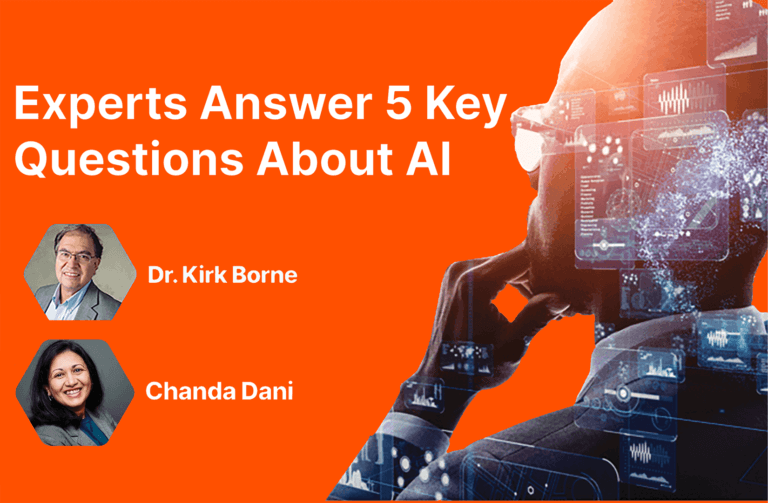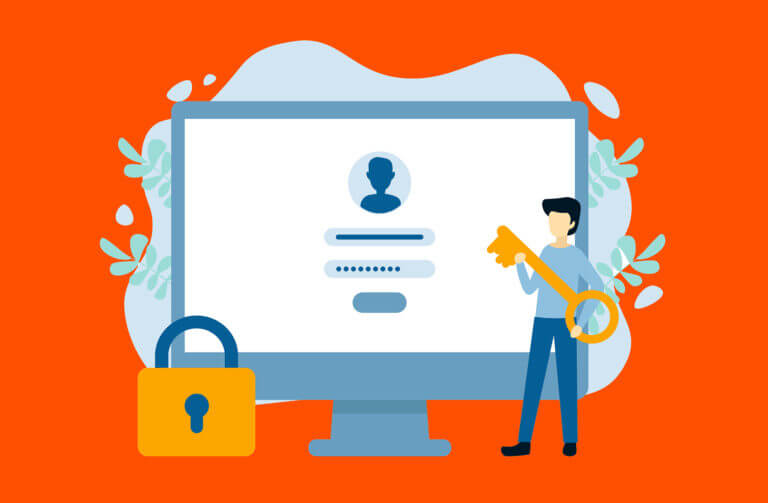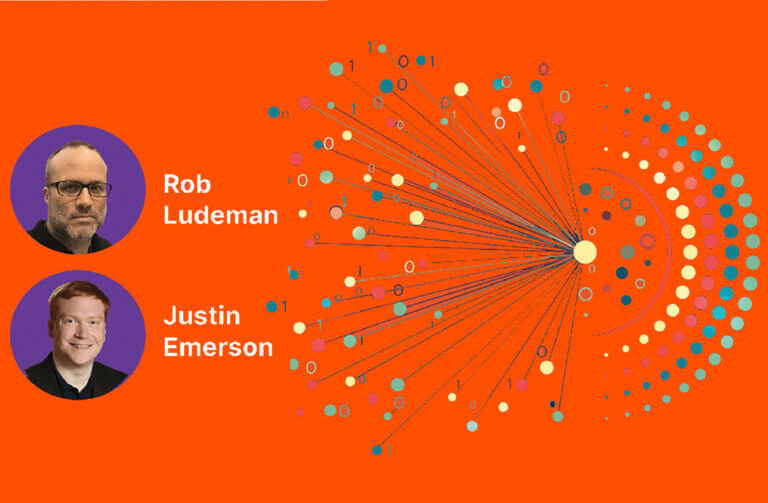Healthcare organizations today understand the value of data and how healthcare analytics technology can solve many of their biggest challenges, streamline operations, enhance caregiver productivity, and improve patient outcomes. But extracting that value can be more complicated than expected. One of the biggest roadblocks to putting healthcare’s big data to work is finding the right platforms and solutions to parse unstructured data, which often makes up more than two-thirds of an organization’s entire data collection.
Why? Unlike structured data, such as the demographic or treatment information on a patient’s electronic health record (EHR), unstructured data is hard to organize, categorize, and search. It can consist of:
- Image files, such as X-rays, and video footage
- Free-text content, such as a nurse’s notes in a patient file—for instance, when someone says, “I have a dull pain in my right side.”
- Health assessments
- Patient photos of wounds or injuries
- Voice search information
- Website user comments
- Information streaming in from wearable medical devices
Decades ago, it was virtually impossible to correlate all of that data from so many disparate sources and extract any actionable insights. It was simply beyond human capacity.
Today’s technology is changing that.
Enter the Power of AI and Machine Learning
Artificial intelligence has almost single-handedly enabled the field of data analytics, with ever-smarter algorithms developed to identify patterns, parse human language in all its imperfect forms, and make meaningful connections between millions of scattered data points.
Through AI and machine learning, as well as related tools such as natural language processing and text mining, unstructured data is revealing its long-hidden secrets—and delivering fresh insights into patients and processes.
Here’s just some of what those insights can do for healthcare:
- Identify care gaps, such as processes that are breaking down or situations where certain patients tend to fall through the cracks.
- More accurately identify cancer cells, with a smart system taught to recognize specific markers for the condition.
- Identify hidden trends in admissions, such as a high number of people admitted to the ER across multiple hospitals from a common geographical location, which could point to environmental causes.
- Help caregivers stay informed, with machine-read medical journals that then send the most relevant information to the people who need to know.
- Detect potential fraud, such as patients who exhibit drug-seeking behavior or are abusing opioids.
- Make customer service more efficient by analyzing contact center notes and understanding positive and negative interactions.
- Forecast diagnostic red flags through physician notes that are mined to identify and predict disease onset, treatment complications, and more.
Simplify Healthcare Data Infrastructure with The Pure Storage Platform
Fast matters in healthcare. Pure redefines fast and maximizes IT agility so organizations can realize the full value of their data. No more “click and wait” for clinical answers. No more disruptive data storage upgrades. Just quicker insights for better patient care. ready to keep your organization competitive today and into the future.
Discover Pure Storage Data Storage Solutions for the Healthcare Sector
![]()






